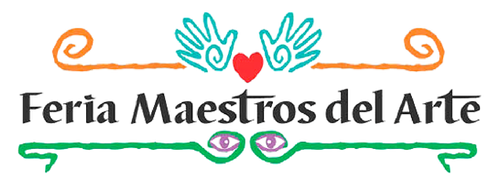
Moisés & Marco Ruíz Sosa, Oaxaca de Juárez, Oaxaca
It is traditional to use both dyed and natural corn husks for doll-making. The dolls are sometimes elaborate and decorated by the artist to resemble traditional apparel. Two such artists, Moisés and Marco Ruíz Sosa, who have taken the use of corn husks to a new level of folk art.
Moisés is a street vendor whose thoughtful reflection on the natural life cycle finds shape through the delicate working of corn husks. Here the deteriorating skeleton of a cow lies on the ground, ribs and skull still visible, fertilizing the earth. This gives rise to new life, a plant in the shape of a woman, rooted in the soil of death. Her fertility flowers into a bird of paradise. A butterfly finds its food source among its petals, in turn.
Shucked from ears of corn, these husks have a delightful history in both the arts and crafts and as an object with culinary uses. The dried leaves or husks of corn are referred to as totomoxtle.
The brothers learned their craft from their mother. Together with their sister, they sell their whimsical corn husk dolls, flowers and jewelry at the local markets.
These creations reflect traditional Mexican culture. The corn husks are hand dyed in many different colors giving him a wide range of colors to work with. When they begin a project, the colors and husk size needed are selected first, and then deftly woven and joined together to form incredibly intricate dancers, dolls, etc. Corn husk toys and decorative objects are a relatively new form of folk art, referred to as totomoxtle. Many types of doll-size figures are produced, some engaged in everyday activities, however, Moisés’ subjects are, for the most part, traditional Oaxacan dancers.
Corn has always played an essential role in Mexican culture. Every element of the corn plant is put to use - from the silks for medicine to the fungus (huitlacoche) from the kernels used in superb traditional Mexican cooking.The use of corn husks has been a part of harvest festivals in many parts of the world for centuries. Mexico has taken this medium and turned it into an art form. Most artists who work in this medium are in their first generation; however, some have learned the art from a parent or other family member of instruction offered in pueblos or city schools.
Calle Cesar A Ruiz 114
Colonia del Maestro
Oaxaca de Juárez, Oaxaca
951 236 9813, 951 119 1551 cellphones

